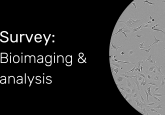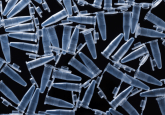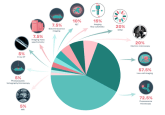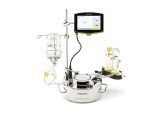Sartorius releases the 5th edition of its popular live-cell analysis Handbook
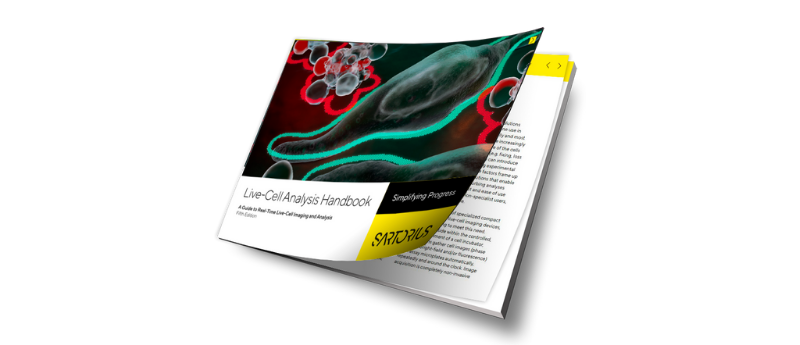
- A comprehensive and interactive digital guide, to real-time, live-cell imaging and analysis including links to application pages, videos, and protocols
- New section for embedded organoid assays, and new data on mitochondrial membrane potential assays and phagocytosis assays
- New chapter on label-free advanced cell analysis
Sartorius, a leader in new technologies for real-time, live-cell imaging and analysis, has released the 5th edition of its Live-Cell Analysis Handbook. When this handbook was first launched in 2017, it was a comprehensive reference guide for live-cell analysis technologies, focusing on the complete suite of Incucyte® live-cell assays and reagents. Over the years this handbook has been well received by Incucyte® users, generating over 3,000 requests of its 4th edition.
The live-cell applications covered in the Live-Cell Analysis Handbook include cell culture quality control assays and kinetic assays for cell health and proliferation, cell function, cell movement and morphology, and assays for complex 3D models. The 5th edition includes new sections on assays for evaluating embedded organoids, as well as exciting new data about mitochondrial membrane potential assays and differentiation, phagocytosis, and efferocytosis in immune cell models. Furthermore, this 5th edition includes a new chapter focused on advanced label-free cell analysis, such as the Incucyte® Cell-by-Cell Analysis and the new multivariate classification analysis.
“Our latest edition highlights innovative, image-based machine learning to measure label-free cell counts, track differentiation of cells and even to determine mitotic cell cycle state. The power of this solution is the use of multivariate analysis to continuously identify changes in cell symmetry, area, texture, circularity, perimeter length and solidity to automatically classify cells without the need to introduce a fluorescent label,” said Lindy O’Clair, Head of BioAnalytics Applications, Reagents and Consumables. “Harnessing the power of the Incucyte® to study cells in a physiologically relevant environment and eliminating the need of a fluorescent probe, truly allows scientists to focus solely on the experimental variable, thus facilitating new discoveries.”
The Incucyte® Live-Cell Analysis System enables real-time, kinetic monitoring of a range of cell types, from proliferating tumor cells to sensitive primary cells, all from within the cell culture incubator. Validated Incucyte® live-cell assays, reagents and protocols provide scientists with the tools to be able to explore more questions across a range of applications and research areas, without the limitations of laborious, end-point assays. Each year Sartorius scientists and product managers update this handbook to include the latest data and newest offerings in the Incucyte® live-cell assay portfolio.
Download the free 5th Edition Live-Cell Analysis Handbook now!
This content was supplied by Sartorius
